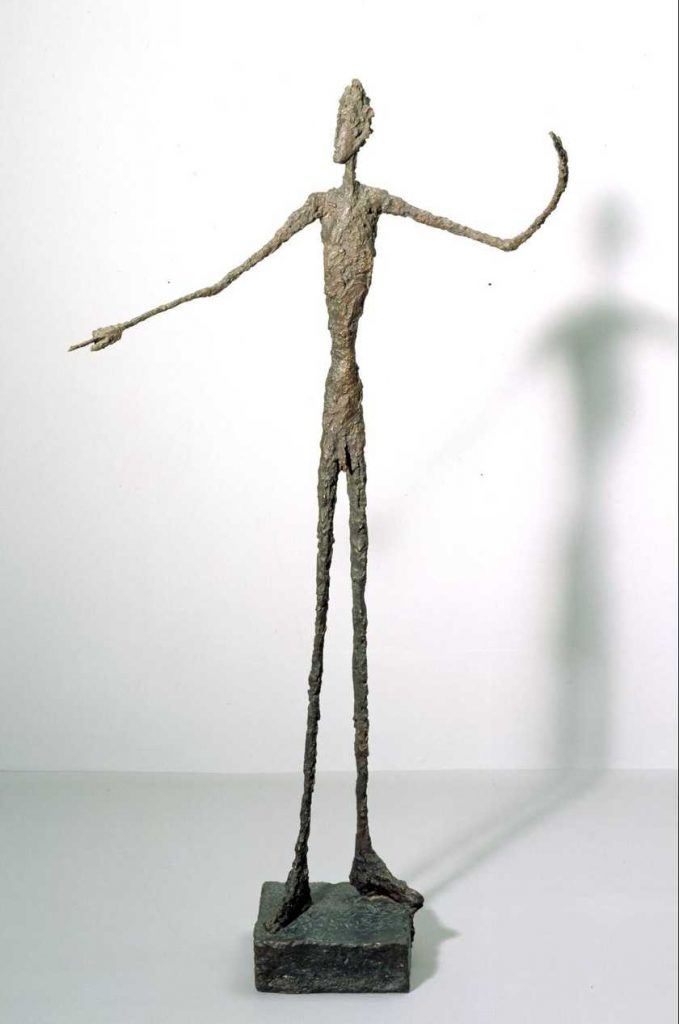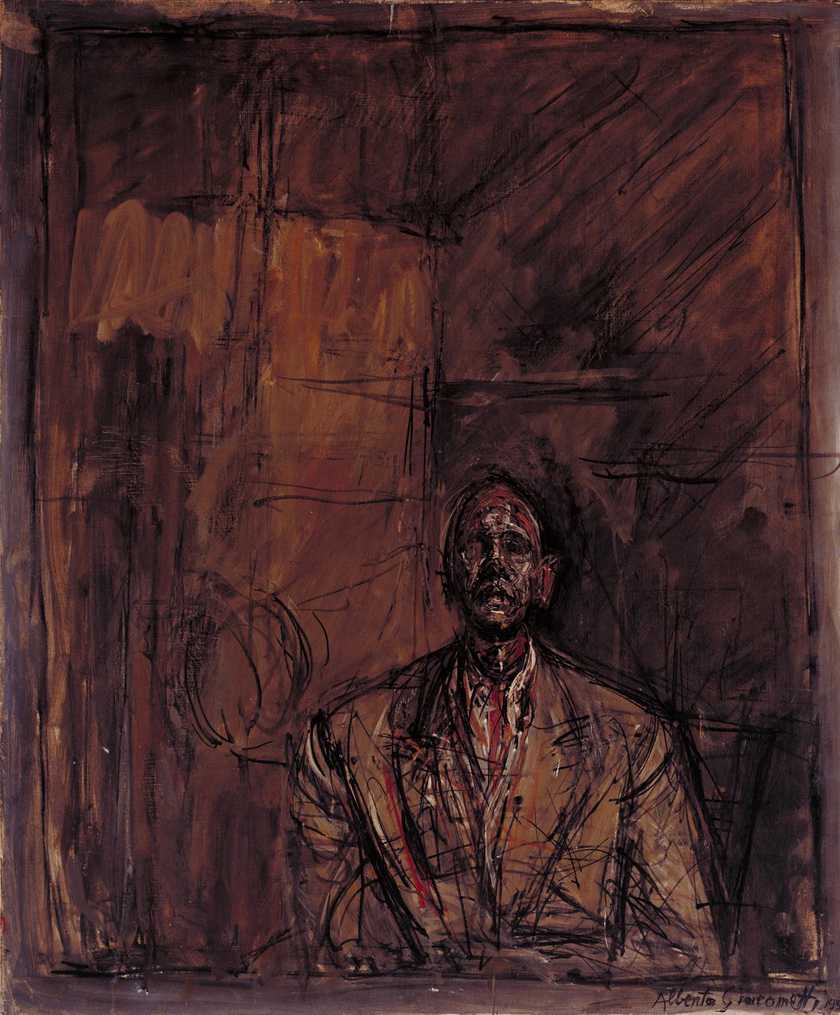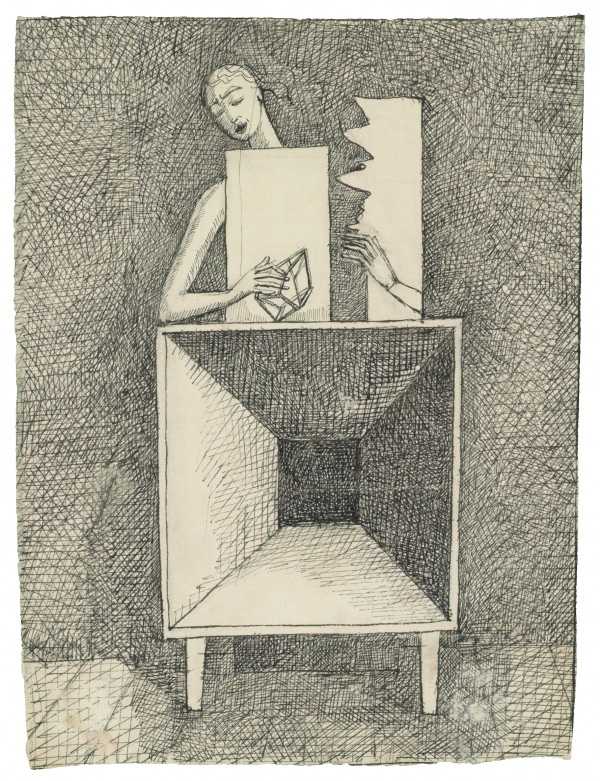
Alberto Giacometti
Man Pointing 1947
Tate
© The Estate of Alberto Giacometti (Fondation Giacometti, Paris and ADAGP, Paris), licensed in the UK by ACS and DACS, London 2017
Alberto Giacometti was a sculptor and painter known for his distinctive influential contributions to modern art. His work is characterized by its exploration of the human condition, existential themes, and a unique approach to sculpting the human figure. Here are some key aspects of Giacometti’s work:
- Thin and Emaciated Figures: Giacometti is perhaps most famous for his sculptures of elongated and emaciated human figures. These thin and fragile figures seem to convey a sense of human isolation and existential despair. His sculptures often give the impression of figures trapped in their own thoughts and struggles.
- Existential Themes: Giacometti’s work is deeply influenced by existentialist philosophy, particularly the ideas of Jean-Paul Sartre and Albert Camus. His sculptures are seen as representations of the human condition, reflecting themes of alienation, isolation, and the search for meaning in a seemingly indifferent world.

- Process and Technique: Giacometti’s sculpting technique was meticulous and time-consuming. He would often work on a single piece for an extended period, continuously refining and reworking it. This process reflects his obsession with capturing the essence of the human form and the difficulty of truly representing reality.
- Surrealist Influence: Earlier in his career, Giacometti was associated with the Surrealist movement. His work during this period included dreamlike and fantastical elements, as seen in pieces like “The Palace at 4 a.m.” However, he eventually moved away from Surrealism towards a more existential and figurative style.
- Painting: In addition to sculpture, Giacometti was a skilled painter. His paintings often featured the same thin, elongated figures as his sculptures. He used a similar approach to depict the isolation and vulnerability of the human form in his paintings.
- Influence on Art: Giacometti’s work had a profound impact on modern sculpture and influenced subsequent generations of artists. His minimalist and expressive style challenged traditional notions of sculpture and pushed the boundaries of how the human figure could be represented in art.
- Legacy: Giacometti’s legacy continues to be celebrated in the art world. His sculptures and paintings are highly sought after by collectors, and his influence can be seen in contemporary art as well.

Alberto Giacometti Surrealist Composition c. 1933 © The Estate of Alberto Giacometti (Fondation Giacometti, Paris and ADAGP, Paris), licensed in the UK by ACS and DACS, London 2017
Overall, Alberto Giacometti’s work is a testament to his exploration of the human condition and his ability to convey complex existential themes through the use of form and texture in both sculpture and painting. His contributions to modern art have left an enduring mark on the art world.
